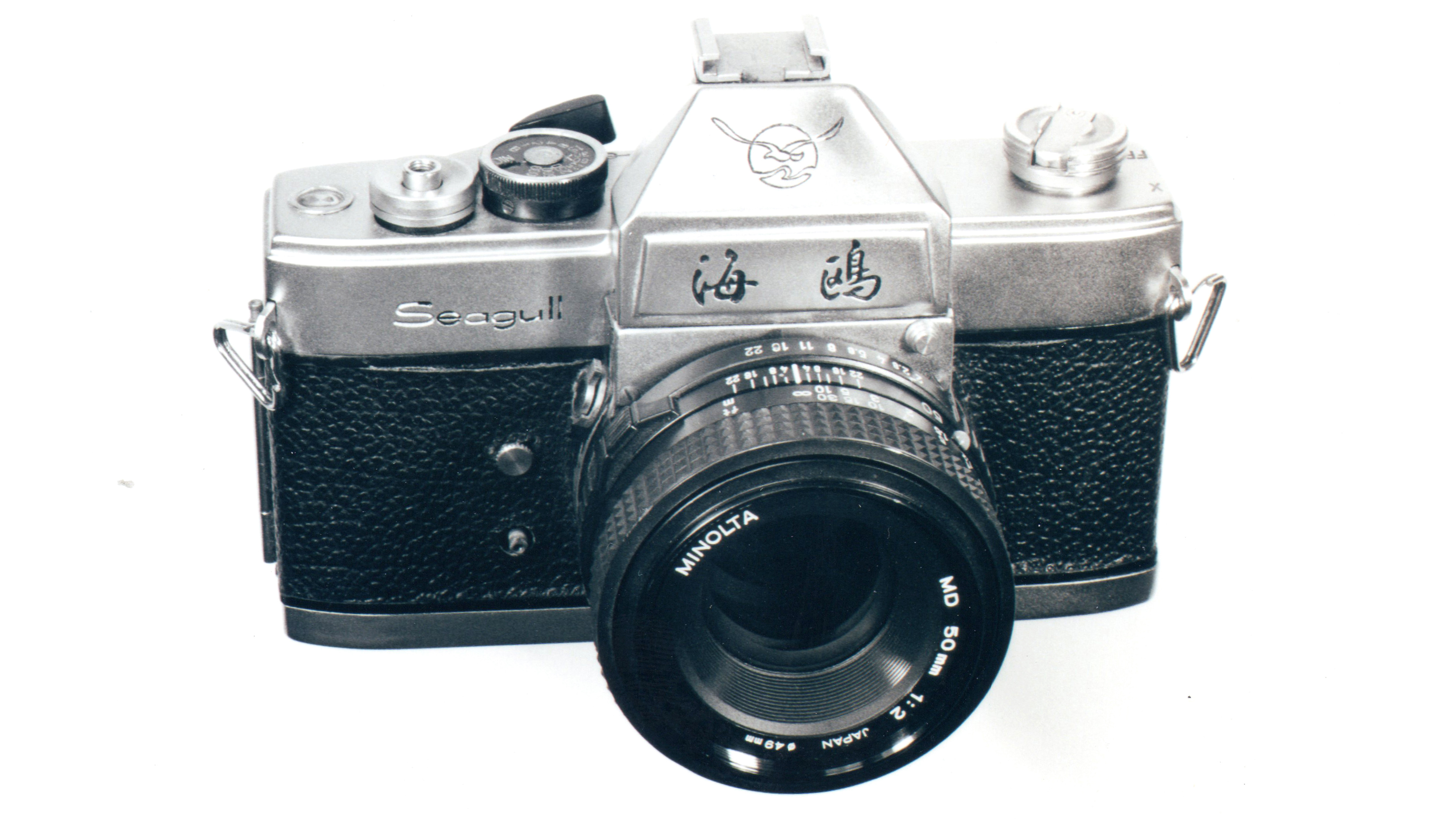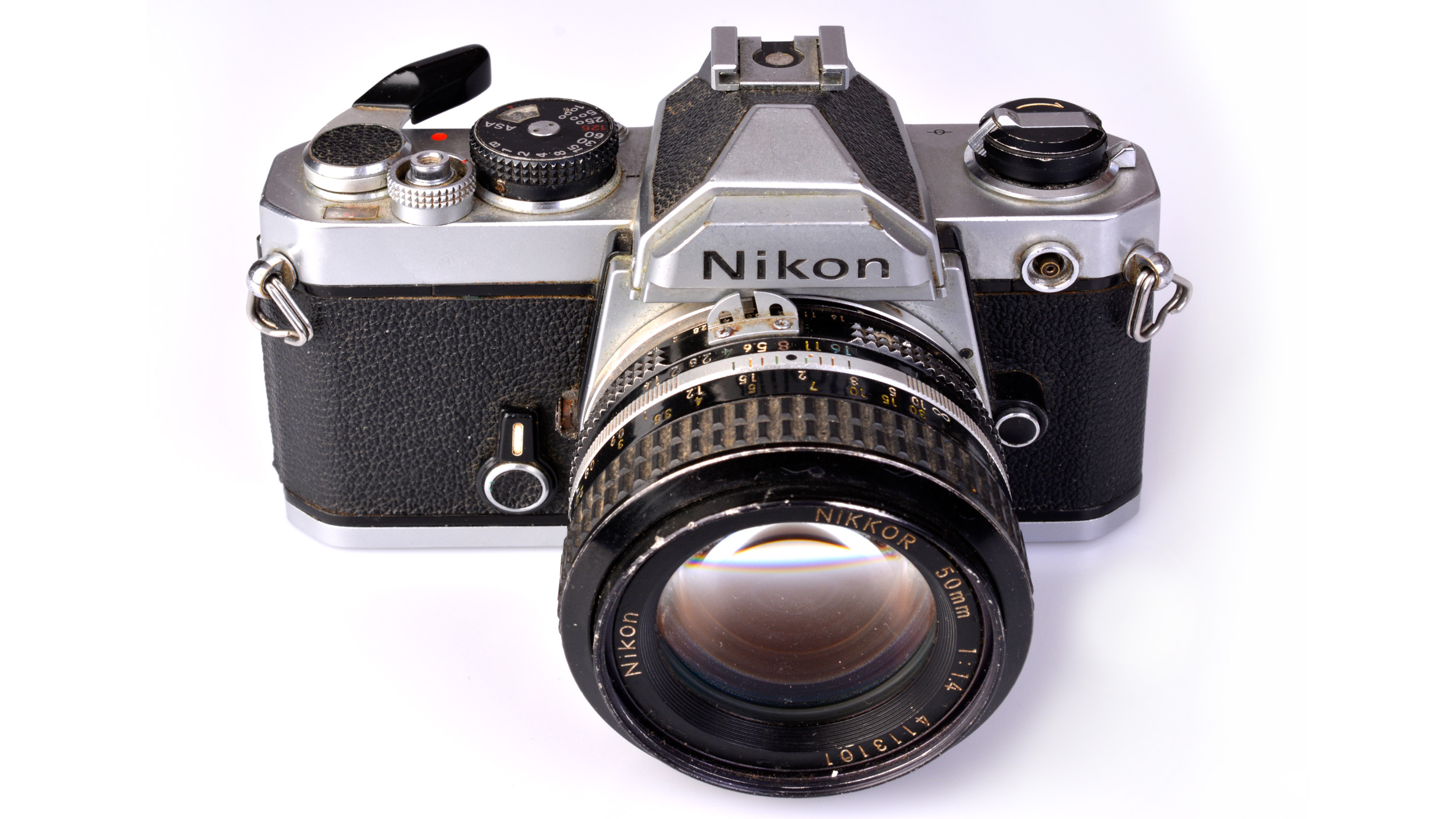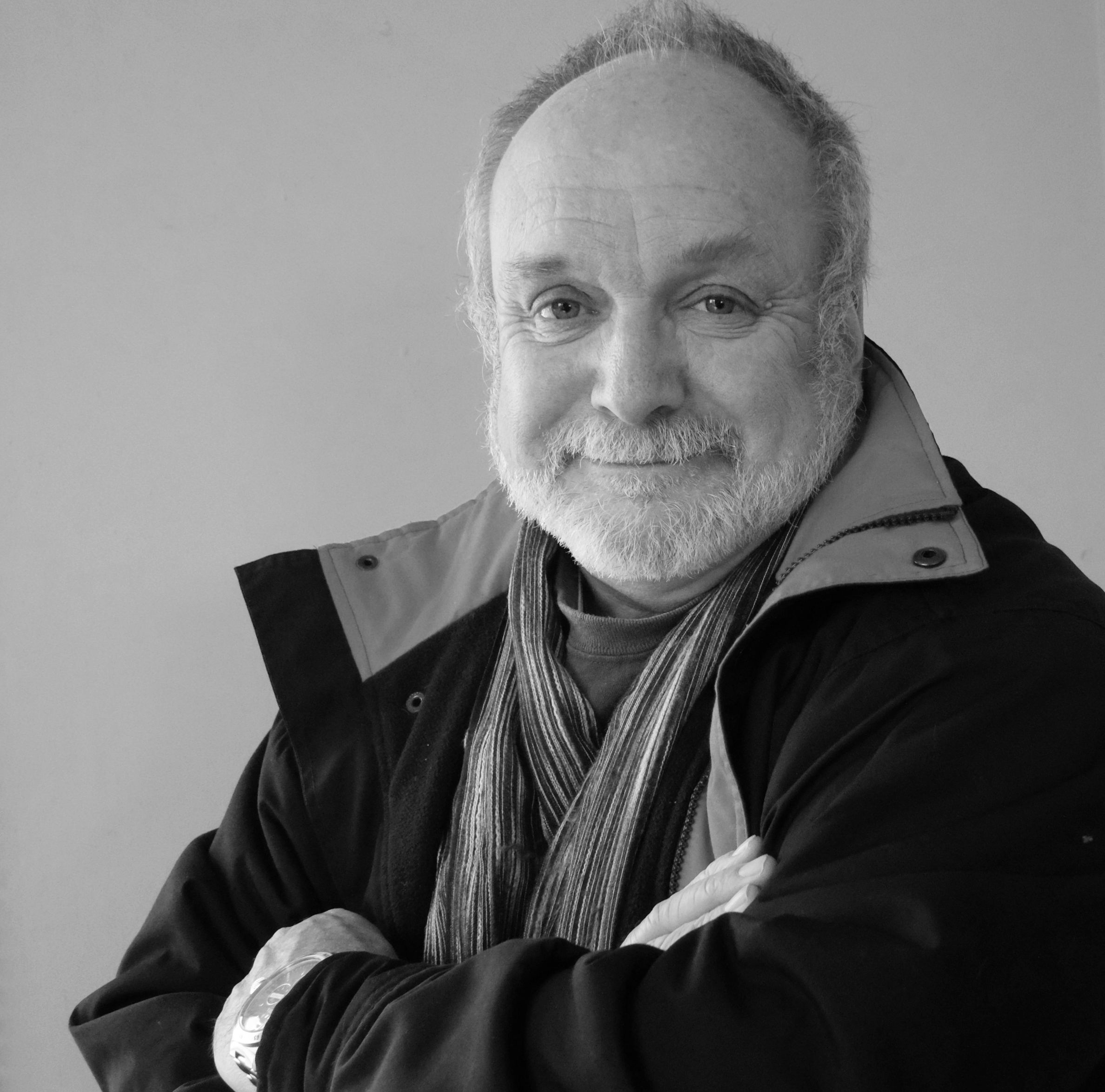This is the year we'll see a new, affordable interchangeable-lens film camera…
… but will be from one of the big-name manufacturers or from a lesser-known Chinese brand?

This is going to be the year. There’s very little doubt that some before 2024 ticks away, we’ll see the introduction of an affordably-priced new film camera from one or more of the major manufacturers. As I’ve always said, whoever gets there first will have an instant hit on their hands because the pent-up demand is… well, pent up and ready to spend.
We know from our own readers’ comments – but it’s happening in many markets – that plenty of photographers are ready for film, but a great many of them don’t want to take the risk with a second-hand camera, even a well-regarded classic from a well-regarded outlet. It’s understandable, so a warranty and some service back-up further on in time is what will unlock the wallets.
A little indication of the demand is Leica’s re-incarnation of the M6, which, although priced at over $9000 even before you con-emplate a lens, is selling like the proverbial hotcakes. Imagine the stampede if the price tag reads, say, US$1000 or perhaps even cheaper.
The film revival has been bumping along as little more than a niche business because the choice of 35mm cameras is essentially between either a ‘plastic fantastic’ or a basic compact or taking a punt on a classic 35mm mechanical SLR or, even ever deeper breath, some with a bit more automation.
We’ve daydreamed before about somebody following Leica’s lead and reviving a previous old favorite such as the Nikon FM2 (still at the top of my wish list), the Olympus OM-1, or the Pentax K1000. Unfortunately, for one reason or another, I don’t think this is going to happen, but it’s a Pentax that looks like it’ll get the ball rolling. And the strong rumor is that it won’t just be one Pentax, but two… a fixed-lens compact first and a 35mm multi-mode AF SLR next.

Frankly, I think it should be the other way around to make the biggest splash at the outset – and maybe it will be. Certainly, there is no bigger reservoir of legacy 35mm format lenses than in the K mount, either manual focus or autofocus (the latter still an active system), although knowing Ricoh, there’ll probably be something
‘special edition’ to go with your brand new Will there be more brands involved? That’s a tricky question. Given how much they’re ploughing into their mirrorless systems, it’s hard to see either Canon or Nikon being distracted by a bit of film side-play.
Get the Digital Camera World Newsletter
The best camera deals, reviews, product advice, and unmissable photography news, direct to your inbox!
OM Digital Solutions doesn’t have the spare budget, Fujifilm doesn’t have the inclination, Sony doesn’t have any history in film cameras and Panasonic’s was only ever very minor. So the quick answer, in terms of the mainstream brands at least, is no, but never say never. If Ricoh starts making big profits out of its Pentax film cameras, minds could well be changed. And never underestimate the Chinese. We’ve seen what they’ve been able to do with interchangeable lenses – the list of brands is now nigh-on bewildering and the quality is pretty good all round – so gearing up to build film cameras is probably a walk in the park.
However, volume production is what any Chinese manufacturer will be chasing, so much hinges on how things pan out over the next year or so. Perhaps Seagull still has all the old 35mm SLR tooling it got from Minolta in the 1980s when it build cameras for both itself and the Japanese brand (incidentally, a relationship that lasted until Konica Minolta’s camera business was sold to Sony)?
From what I can see, production of the Seagull DF-300 – a rebadging of the Minolta X-300 from 1984 – lasted at least to around 2020. Besides Seagull, a whole lot of camera production took place in China and still does, so the capability is undoubtedly there and, as we’ve seen with lenses, the ability to respond very quickly to market demands. Watch this space.
See the best film cameras you can buy today

Paul has been writing about cameras, photography and photographers for 40 years. He joined Australian Camera as an editorial assistant in 1982, subsequently becoming the magazine’s technical editor, and has been editor since 1998. He is also the editor of sister publication ProPhoto, a position he has held since 1989. In 2011, Paul was made an Honorary Fellow of the Institute Of Australian Photography (AIPP) in recognition of his long-term contribution to the Australian photo industry. Outside of his magazine work, he is the editor of the Contemporary Photographers: Australia series of monographs which document the lives of Australia’s most important photographers.
